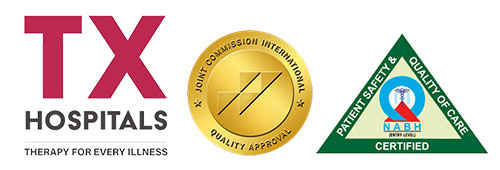Liver Resection
Liver resection is a surgical procedure performed to remove a part or the entire liver affected by cancer, benign tumors, or other conditions. The liver is a vital organ in the body that performs various functions, including detoxification, protein synthesis, and production of bile, which aids in digestion. The liver can regenerate after surgery, making liver resection a potential curative option for certain conditions.
Indications for Liver Resection:
Liver resection may be indicated for the following conditions:
- Liver cancer (hepatocellular carcinoma, cholangiocarcinoma, or metastatic tumors)
- Benign liver tumors (hepatic adenomas, hemangiomas)
- Liver abscesses or cysts
- Primary sclerosing cholangitis
- Biliary tract obstruction
- Trauma to the liver
Preoperative Evaluation:
A thorough preoperative evaluation is essential to ensure that the patient is a suitable candidate for liver resection. The evaluation may include the following:
- Blood tests to assess liver function, kidney function, and coagulation status
- Imaging studies, such as CT scans, MRI, or ultrasound, to determine the size, location, and extent of the liver lesion
- Assessment of the patient’s overall health status, including any comorbidities
Surgical Technique:
Liver resection can be performed using open surgery or minimally invasive techniques, such as laparoscopic or robotic-assisted surgery. The choice of surgical technique depends on various factors, including the location and size of the lesion, the patient’s overall health status, and the surgeon’s experience.
The procedure involves the following steps:
- An incision is made in the abdomen to access the liver.
- The liver is carefully examined to determine the extent of the lesion and the feasibility of resection.
- Blood vessels and bile ducts supplying the affected liver tissue are identified and ligated.
- The liver tissue is dissected and removed.
- The remaining liver tissue is carefully examined for bleeding and biliary leakage, and the incision is closed.
Postoperative Care:
Following liver resection, the patient is closely monitored in the hospital for any complications. The patient may require pain management, nutritional support, and monitoring of liver function. The patient is also monitored for signs of bleeding, infection, or bile leakage.
Potential Complications:
Liver resection is a major surgical procedure that carries the risk of complications. Potential complications may include:
- Bleeding
- Infection
- Bile leakage
- Liver failure
- Portal vein thrombosis
- Wound infection or dehiscence
- Respiratory complications
Conclusion:
Liver resection is a potentially curative option for certain liver conditions, including liver cancer and benign liver tumors. The procedure requires a thorough preoperative evaluation and careful surgical technique to minimize the risk of complications. Postoperative care and monitoring are essential to ensure optimal outcomes.







